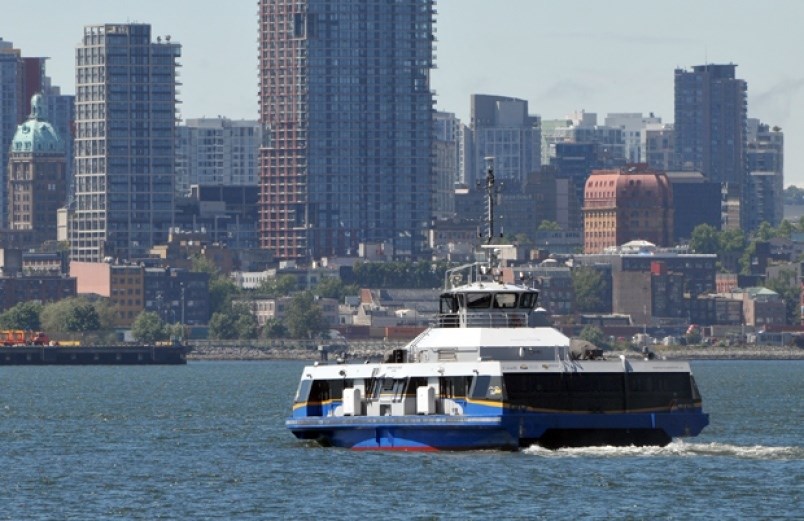A recent spike in transit ridership is a hopeful sign that the transit system is beginning to recover from the impacts of COVID-19.
The SeaBus saw one of the biggest increases in ridership, doubling its number of boardings.
The SeaBus went from 10,000 boardings in the week of April 5 to 11 – the point in the pandemic with the lowest transit ridership – to 23,000 boardings between May 31 and June 6.
The increase in ridership comes after TransLink resumed late-night sailings on the SeaBus – which were cut earlier in the pandemic in response to a shrinking number of riders.
Overall, the Lower Mainland’s transit system increased by 85 per cent during the same time period.
Bus ridership was up 81 per cent overall.
At the end of May, TransLink also reinstated several suspended North Shore bus routes, including the 251 Park Royal/Queens, the 252 Park Royal/Inglewood, the 262 Lions Bay/Caulfeild, the 222 Phibbs to Metrotown and the N24 Lynn Valley night bus.
TransLink CEO Kevin Desmond described the return of transit riders as a good sign.
“I’m very pleased to see our customers gradually returning to the transit system,” said Desmond in a press statement.
Despite that good news, ridership is still low compared to pre-COVID levels, sitting at about 33 per cent of last year’s levels, overall.
TransLink announced in April that plummeting ridership was resulting in a loss of $75 million a month.
Starting June 1, TransLink started collecting fares again – previously suspended - after installing additional Plexiglas barriers between drivers and passengers.
Passengers have also been asked to keep a safe distance from others, where possible . Masks are recommended where that is not possible.



